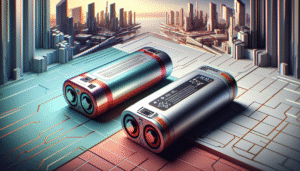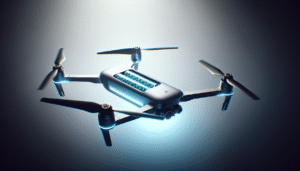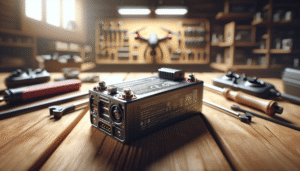Have you ever wondered about the seemingly mysterious world of drone charging protocols? Trust me, you’re not alone. Venturing into the intricacies of technology can sometimes feel like trying to find your footing on a moving treadmill, but I promise, it’s not as daunting as it seems. Today, let’s unpack the essentials of drone charging protocols like USB-C PD, XT60, and others. Grab a cup of coffee and let’s get started.
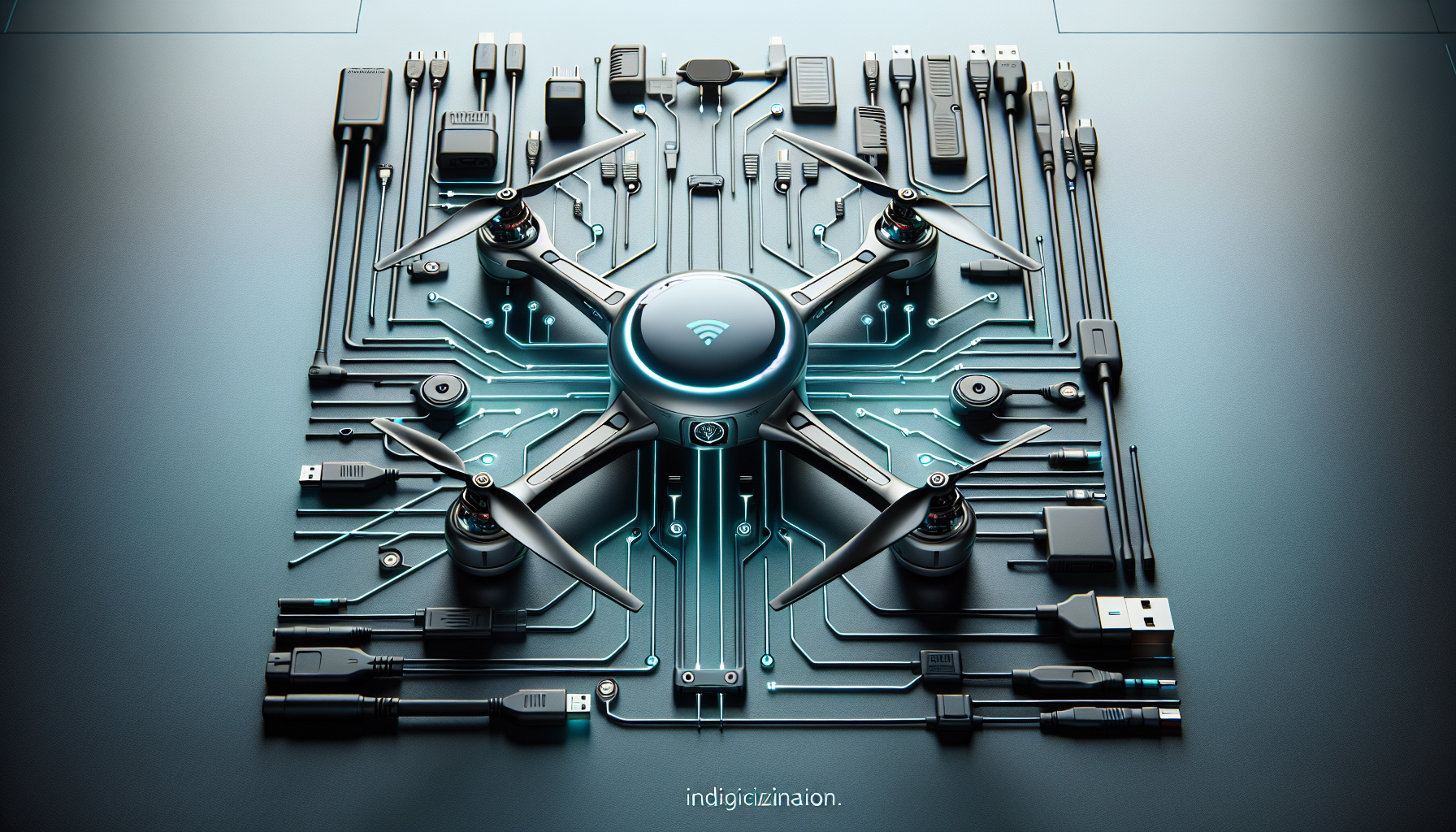
Getting to Know the Drone Charging Basics
Before immersing ourselves in the details, it’s important to understand the foundation of why charging protocols exist. Typically, these protocols are there to ensure our beloved drones receive the right kind of juice to keep them airborne. Imagine having to feed your dog a balanced diet with specific nutrients; drone charging is somewhat similar, but thankfully without the kibble.
Why Charging Protocols Matter
Charging protocols are like the invisible choreography that ensures your drone charges efficiently and safely. They allow communication between your charger and the drone’s battery, deciding how much power to send, how quickly, and under what conditions. They ensure we don’t end up with fried circuits or explosive mistakes lurking around the corner—because when it comes down to it, a safe drone is a happy drone.
Common Issues in Drone Charging
Now, charging is usually straightforward, but it’s not uncommon to face a hiccup or two along the way. These can include anything from slow charging times to incompatibility issues between chargers and batteries. Understanding the protocols can help you troubleshoot issues or even better, avoid them altogether.
An Introduction to Common Charging Protocols
Drones come in an assortment of shapes and sizes, much like the candies in a variety pack. Therefore, it’s no surprise that the charging methods can be just as diverse. Let’s break down some of the commonly used charging protocols and see what makes each one tick.
USB-C Power Delivery (PD)
USB-C feels almost like the universal superhero of charging cables these days, doesn’t it? From phones to laptops, and yes, even drones, USB-C Power Delivery is the star player. But why all the hype, you ask?
USB-C PD is designed to be smart. It negotiates its terms with the device it’s charging, deciding upon a suitable power level (voltage and current) to optimize charging speed while ensuring safety. Think of it like a polite conversation between the charger and your drone’s battery, both agreeing on settings that work for them both.
| Feature | USB-C Power Delivery |
|---|---|
| Compatibility | Widely adopted across devices |
| Power Capacity | Up to 100W |
| Charging Speed | Fast |
| Safety | High, due to smart negotiation |
If you’re a fan of adaptability and speed, USB-C PD might be right up your alley.
XT60 Connectors
For those who’ve ever tinkered with electronics or played with RC vehicles, the XT60 might ring a bell. If USB-C is the sophisticated city dwell, then XT60 feels like the trusty, rugged outdoorsman you’d want by your side in a pinch.
These connectors are specifically designed for high-current applications, handling up to 60A of power. They’re robust, reliable, and known for their good contact and low resistance. However, XT60 connectors typically require a bit of DIY spirit—soldering skills might be necessary, so roll up those sleeves!
| Feature | XT60 Connectors |
|---|---|
| Current Rating | Up to 60A |
| Durability | Considered very high |
| Connection | Secure and sturdy |
| Usability | Requires technical skills |
Other Charging Protocols You Might Encounter
There’s a whole cornucopia of other protocols scattered across the drone charging universe, each with its peculiarities. Some of these include:
- XT90 Connectors: A beefier cousin to the XT60, capable of handling even higher currents.
- LiPo Charger Balance Ports: Used specifically for balancing lithium-polymer battery cells during charging.
- EC3/EC5 Connectors: Often found in hobbyist drones, lauded for a secure fit and ease of use.
Each of these protocols comes with its benefits and limitations. The key is understanding them enough to make informed decisions, based on your particular drone’s needs.
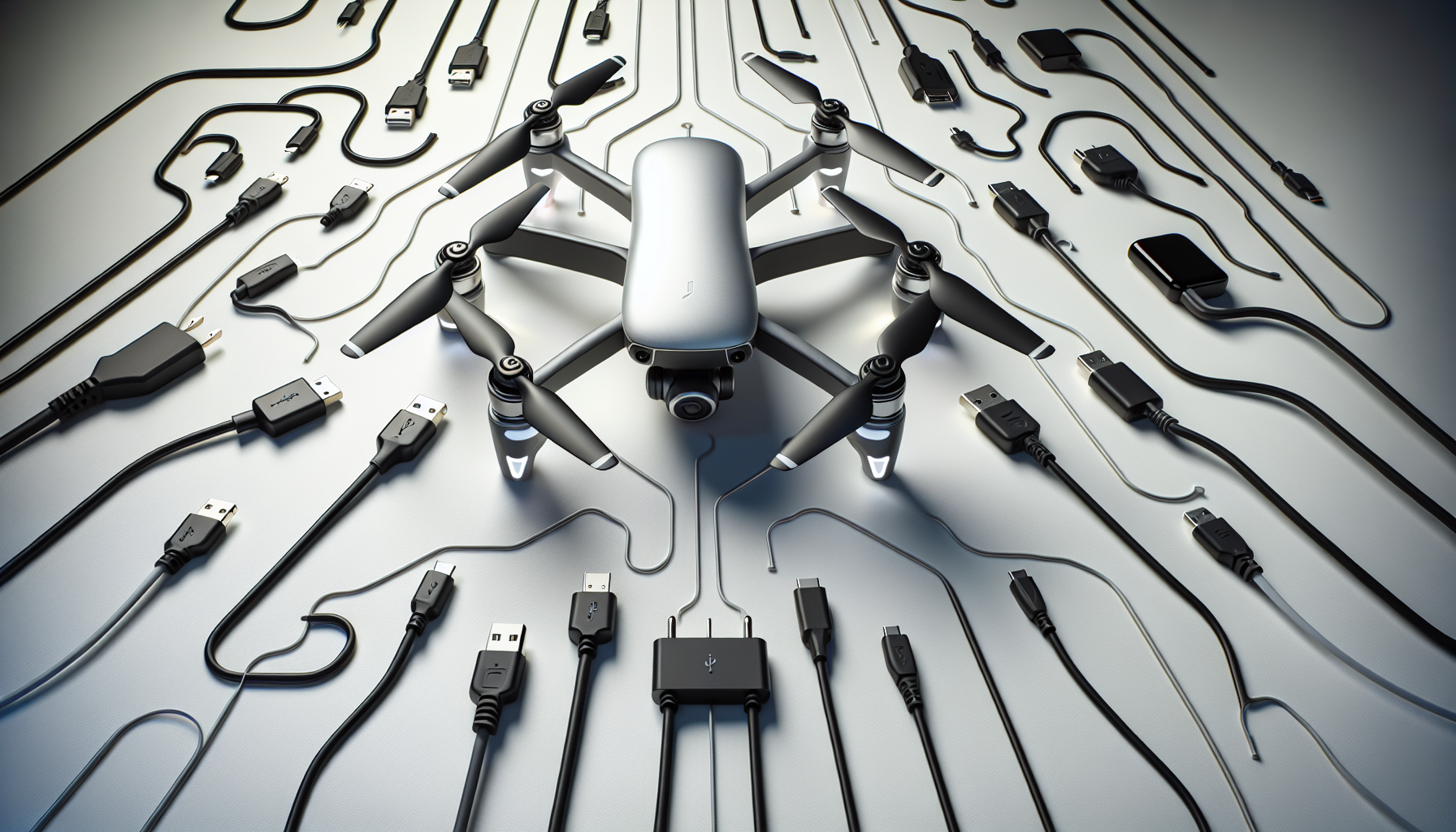
Impact of Battery Type on Charging Protocols
Understanding the type of battery your drone uses is like knowing whether you’re in a committed relationship or just casually dating. It directly affects how you interact with your drone, especially when it comes to charging.
Lithium Polymer (LiPo) Batteries
Most drones rely on LiPo batteries due to their high energy density, which means they pack a lot of power in a relatively small package. These batteries demand precise charging to prevent any explosive incidents (I mean, nobody likes a fiery surprise).
Lithium-Ion (Li-ion) Batteries
The growing popularity of lithium-ion batteries in drones stems from their longevity and stability. While they aren’t as ‘punchy’ in terms of immediate power delivery as LiPos, their safety margin is generally wider, and they tend to have a longer usable life.
| Battery Type | LiPo | Li-ion |
|---|---|---|
| Energy Density | High | Moderate |
| Safety | Requires careful charging | More stable |
| Lifespan | Shorter than Li-ion | Generally longer |
| Common Usage | Performance drones | Consumer-grade drones |
Safety Measures in Drone Charging Protocols
When dealing with batteries and charging, safety should always be at the top of the priority list. It’s like wearing a helmet when you ride a bike—risk might be part of the excitement, but mitigating it makes for a much smoother journey.
Overcurrent and Overvoltage Protection
No matter the protocol, safeguarding against overcurrent and overvoltage is crucial. Protective measures ensure the charging process doesn’t overwhelm the battery or the charging system, keeping our little airborne companions safe and sound.
Temperature Monitoring
Batteries, much like us, prefer their comfort zones. Equipped with temperature monitoring, sophisticated charging systems prevent batteries from getting too hot or too cold, ensuring they’re always charging at optimal conditions. It’s akin to being under a cozy blanket—just the right temperature makes all the difference.
Balancing Battery Cells
With LiPo batteries, balancing becomes an integral part of the charging routine. Imbalanced cells lead to inefficient charging and potential instability. Thus, using a balanced charger becomes not just recommended but essential.
Future Trends in Drone Charging Protocols
It’s fair to speculate that as drones evolve, so too will their charging protocols. The future holds promise of more efficient, faster, and smarter charging solutions—much like the evolution from dial-up internet to fiber optics.
Wireless Charging
The possibilities of wireless charging, once the realm of science fiction, are increasingly becoming a tangible future. Imagine simply landing your drone on a designated pad and watching it charge effortlessly—no ports, no cables, zero hassle.
Intelligent Charging Solutions
The growth in smart technology gives rise to intelligent charging systems that can learn and adapt to your drone’s specific needs. From routine maintenance checks to optimizations tailored for your usage, the sky’s literally the limit for what we can anticipate.
Conclusion
In the end, understanding drone charging protocols isn’t really about memorizing specifications or configurations—it’s about empowering yourself as a drone enthusiast or professional. By grasping the essentials of USB-C PD, XT60, and beyond, not only do you become more proficient, but you’ll also appreciate the resourcefulness behind these tiny flying machines.
Charging a drone, I assure you, doesn’t have to be an enigmatic task. A little knowledge goes a long way in transforming potential headaches into simple, straightforward routines. Remember, every drone enthusiast can cultivate an easy rapport with these buzzing, acrobatic wonders—one charge at a time.
Who knows, maybe one day you’ll find yourself effortlessly switching between protocols like a connoisseur—a drone charging guru in your own right.
After all, the world of drones and its burgeoning horizons are nothing short of electrifying.
